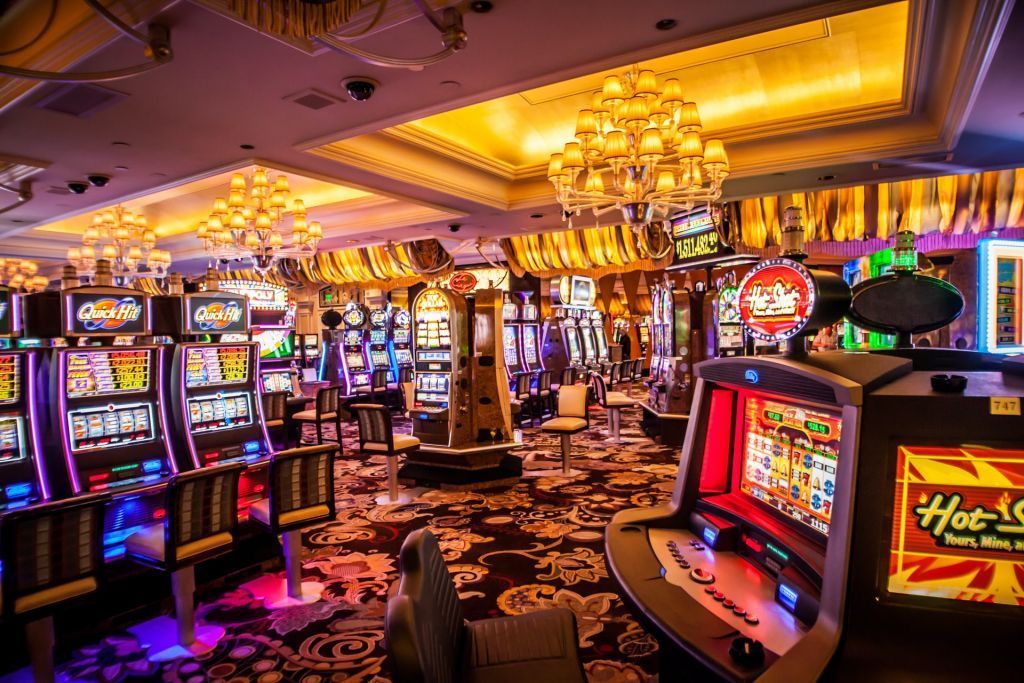
In a dynamic and thrilling world of gaming establishments, wherein fortune and tactics intertwine, color and design play a pivotal role in attracting gamblers. As soon as visitors step into a casino or log into a gaming website, they are immersed in a sightly feast that grabs their attention and entices them to explore more. Bright colors, captivating graphics, and innovative layouts are meticulously crafted to create an atmosphere of excitement and anticipation, ultimately improving the gaming encounter.
While players move through the ever-changing landscape of casino games, they encounter a range of designs that not only serve aesthetic purposes but also affect feelings and decision-making. non GamStop Colors like scarlet and gold symbolize riches and fortune, while calm blues and greens can create a more relaxed environment. Grasping how these elements function together enables casinos to create an welcoming and stimulating atmosphere that encourages players to interact with the games, invest additional time at the tables, and increase their overall enjoyment.
The Science of Color in Gambling Games
Hue plays a key role in the design of gambling games, influencing players’ feelings and behaviors. Lively and vibrant hues, such as crimson and gold, are often used to stimulate thrill and capture notice. These shades create a sense urgency and energy, encouraging participants to participate more readily with the activity. By strategically selecting colors, creators aim to evoke emotions of joy and excitement, which can enhance the total player experience.
Distinct shades also have psychological connotations that can impact how participants perceive their chances of success. For case, green is frequently associated with fortune and wealth, making it a frequent choice in games like the roulette wheel and poker setups. This association can cause participants to feel more optimistic and confident in their gaming, ultimately inspiring them to wager more. Grasping these links allows game developers to craft environments that enhance player enjoyment and loyalty.
In addition, the layout of gaming interfaces often employs gradients and opposing hues to direct player actions. For case, winning combinations may be highlighted with vivid, differing colors, creating a visual incentive. This method reinforces successful results and encourages repeated engagement. By utilizing color psychology, gambling establishments can design games that not only attract players but also keep them engaged and dedicated in their game experience.
Design Elements that Attract Players
The aesthetic appeal of casino games is largely influenced by the implementation of bold colors. Lively and striking colors are deliberately chosen to create an appealing atmosphere that captures attention. For instance, reds and golden hues often signify good fortune and prosperity, which is why they are common in the palettes of slot machines and table surfaces. These colors not only attract players in, but they also stir emotions related to thrill and anticipation, enhancing the total gaming experience.
In parallel to color, the design and organization of casino games play a crucial role in captivating players. Games are designed to be user-friendly, ensuring that players can easily understand the rules and mechanics. Accessible interfaces, along with engaging graphics and motion, help maintain gamer interest and encourage extended play sessions. The tactile elements, such as the feel of the controls and the sounds of the games, also contribute to a comprehensive sensory experience that keeps players immersed.
In conclusion, conceptual elements in gaming design can significantly influence player choice. Many casino games are inspired by media, fairy tales, or adventure themes, featuring symbols and characters that resonate with players. These themes create a sense of immersion and relatability, making each game feel unique. When players feel a bond to the theme, they are more likely to opt for that game over others, leading to higher participation and excitement within the casino environment.
Case Studies: Effective Casino Table Game Designs
One prime example of successful gambling game design is the popular slot machine series based around blockbuster movies. Games such as those based on the Wizard of Oz and Game of thrones utilize bright colors and superior graphics to immerse players in familiar narratives. The use of lively visuals and engaging sound effects takes the focus of players, establishing an emotional connection to the theme. This tactic not just fosters longer play but also improves the overall gaming experience, yielding increased player retention.
Another effective case is the application of the psychology of color in table games like 21 and roulette. Casinos often design these games with deep reds and greens, colors traditionally connected with luck and wealth. For instance, the green felt on a 21 table provides a calming effect, while the red accents in roulette invite excitement. This thoughtful use of color helps to create an inviting atmosphere that motivates players to participate, satisfying their psychological impulses and increasing their enjoyment.
Finally, online casino games that feature community features and bright, colorful designs have seen remarkable success in engaging players. Games like Zynga Poker and Slot-O-Mania leverage striking colors and playful animations to establish an inviting online environment. The integration of leaderboards, social sharing options, and in-app rewards fosters competition and community, drawing players in for longer sessions. Such designs merely make the games visually appealing but also emphasize community engagement, a key factor in player retention and engagement within digital casino environments.
